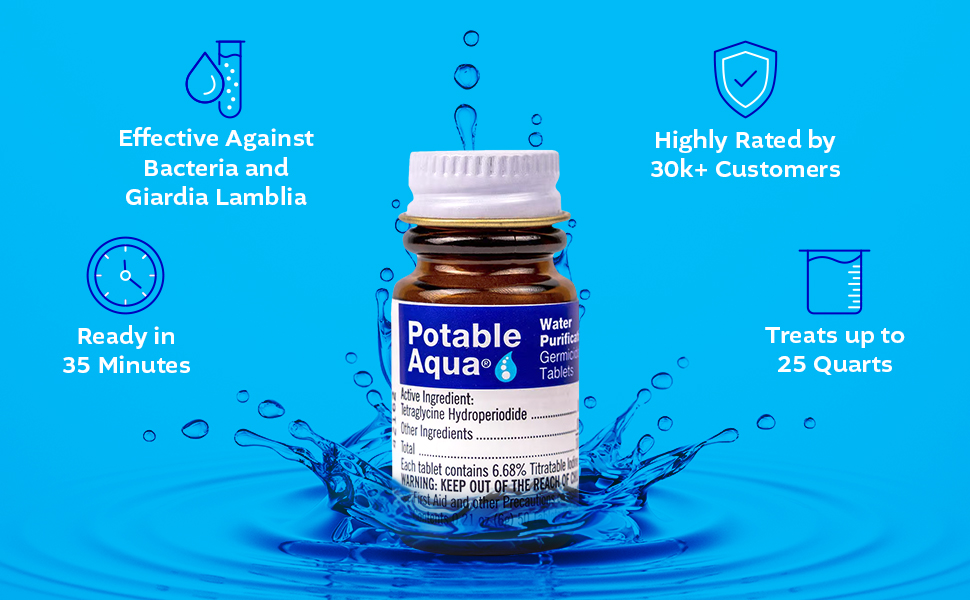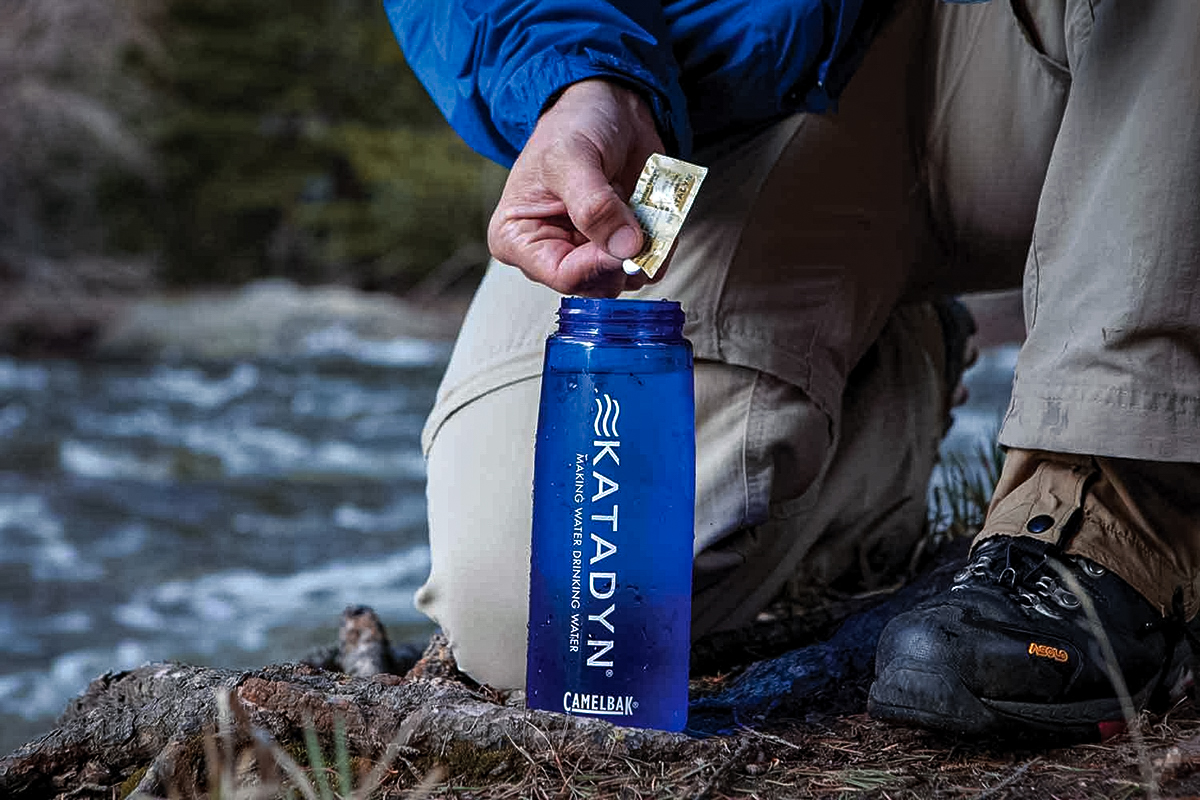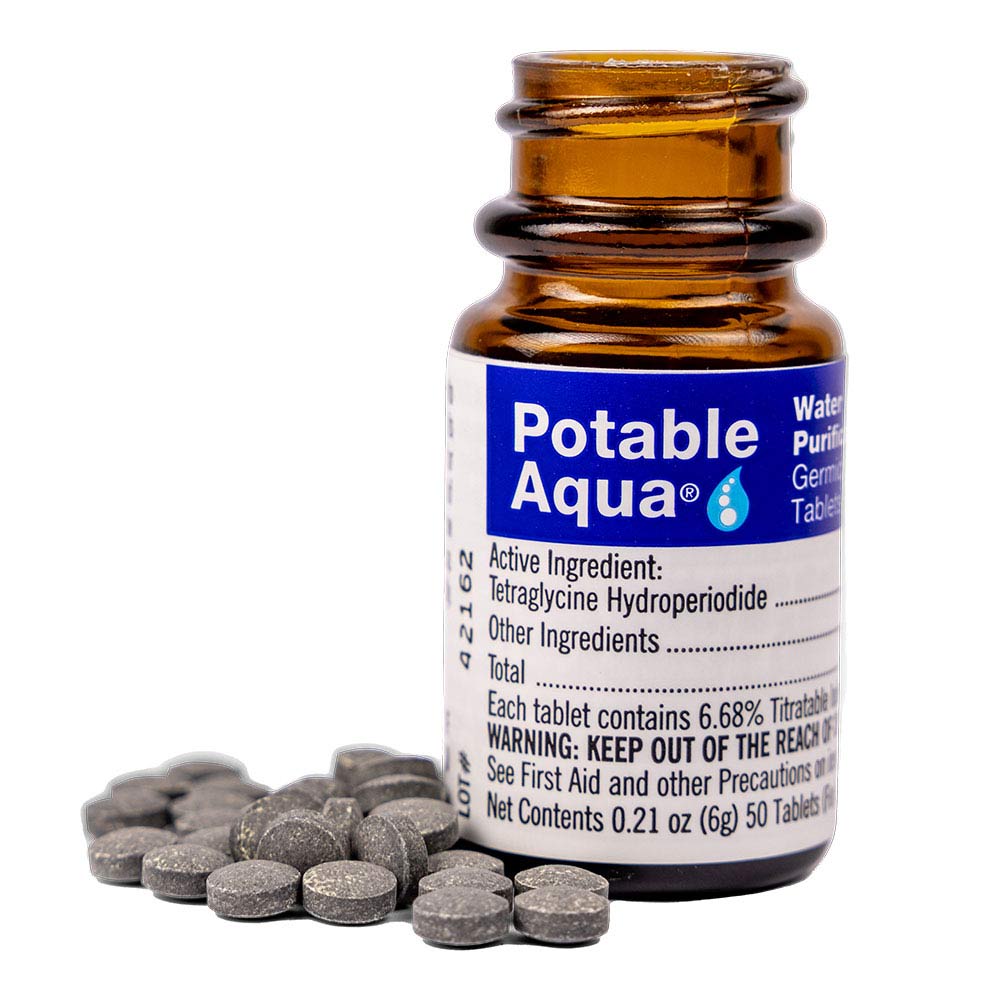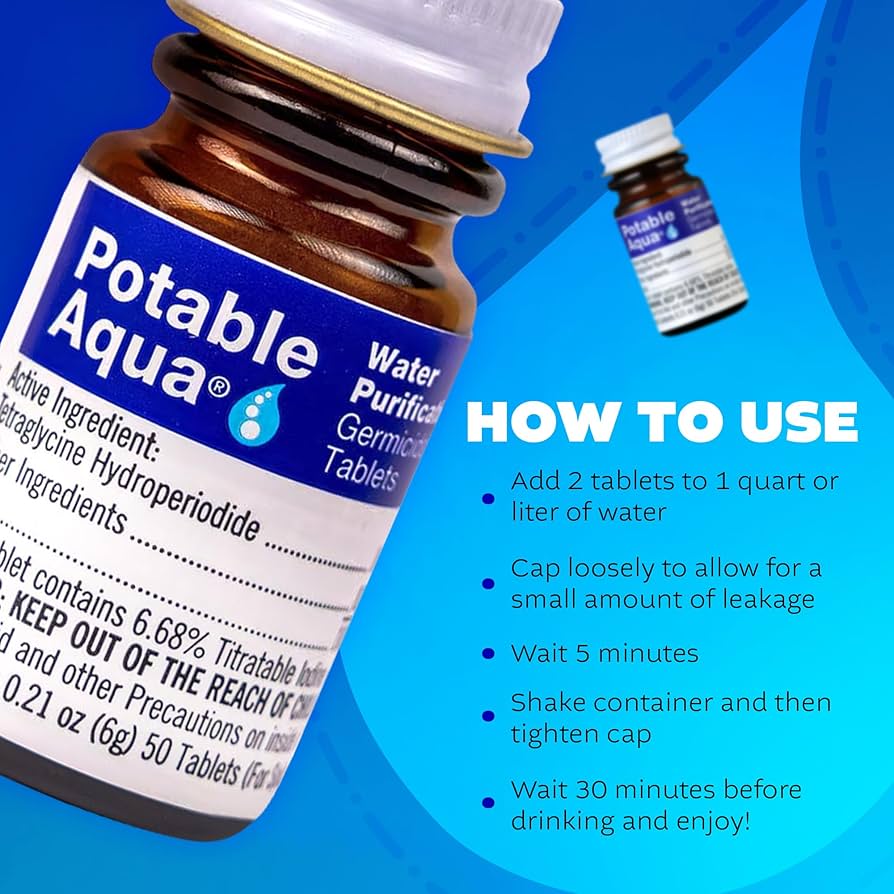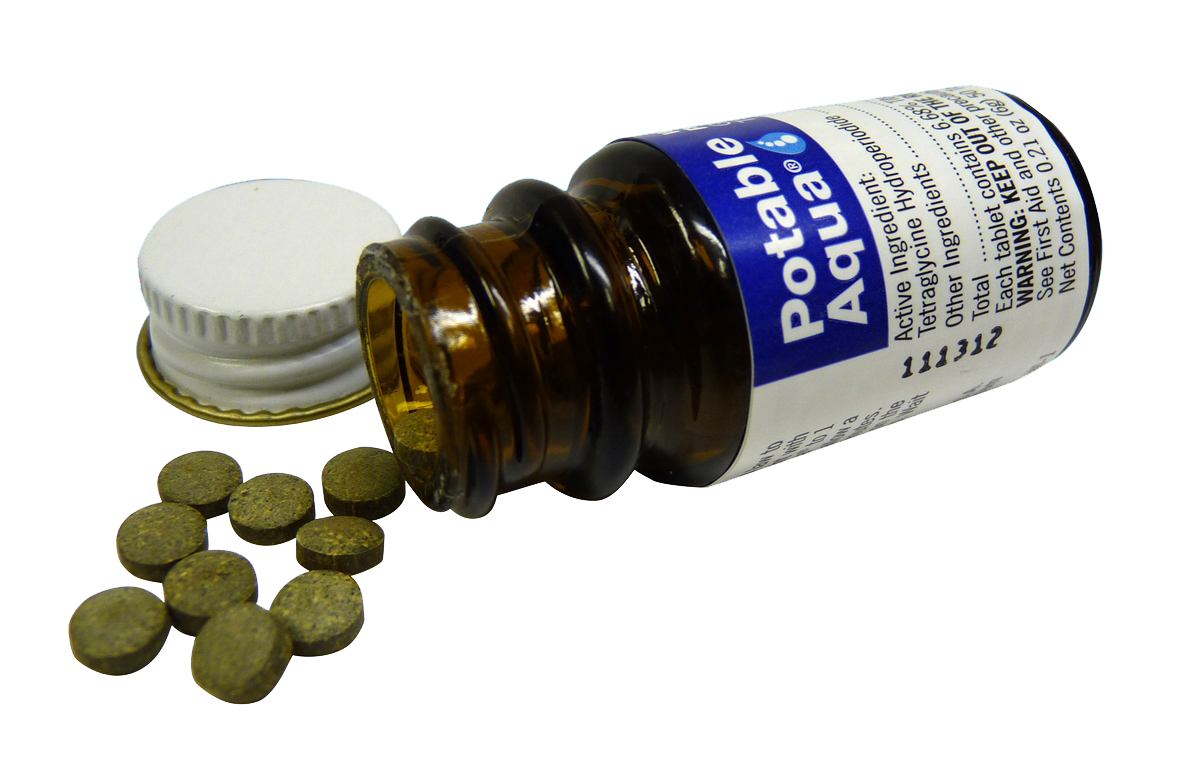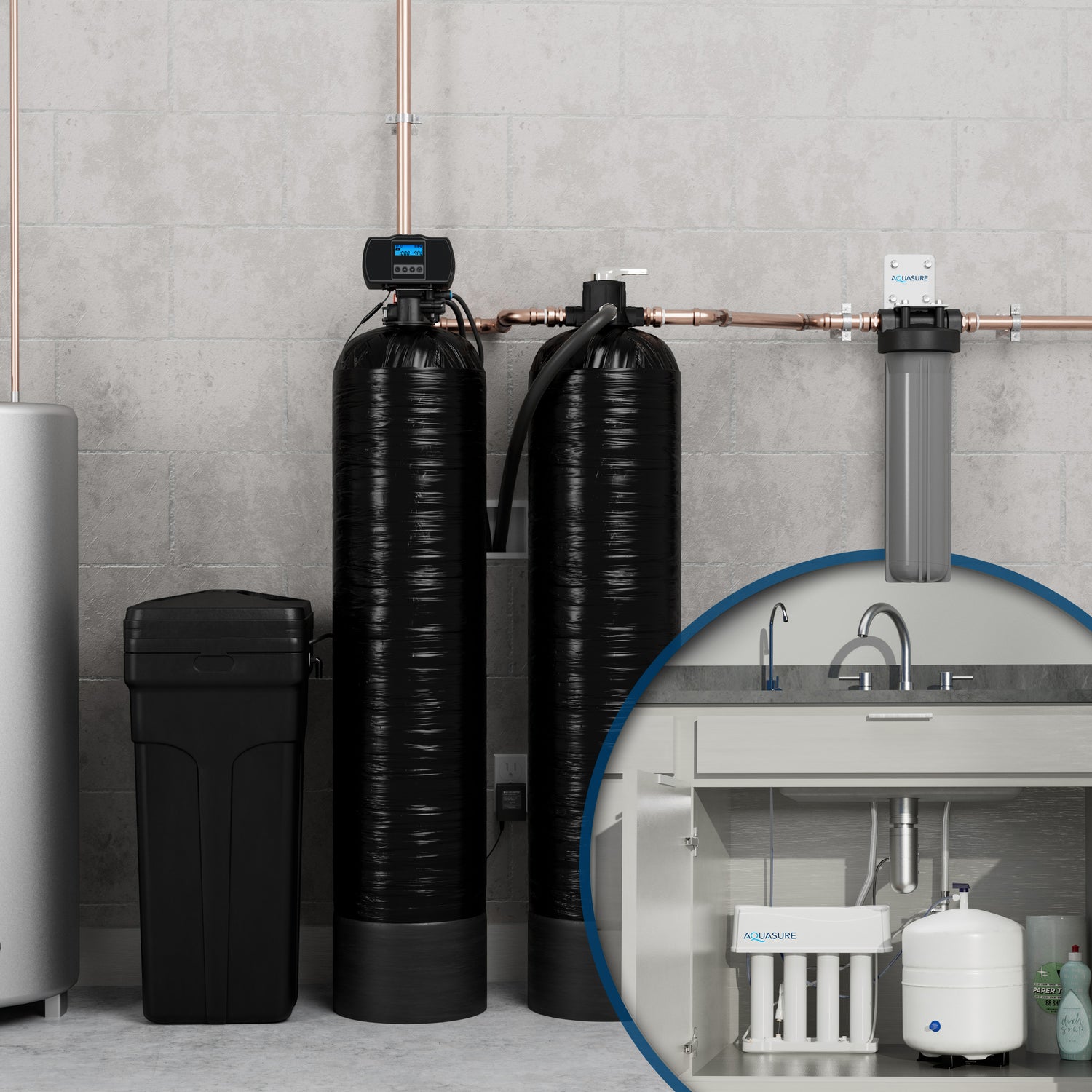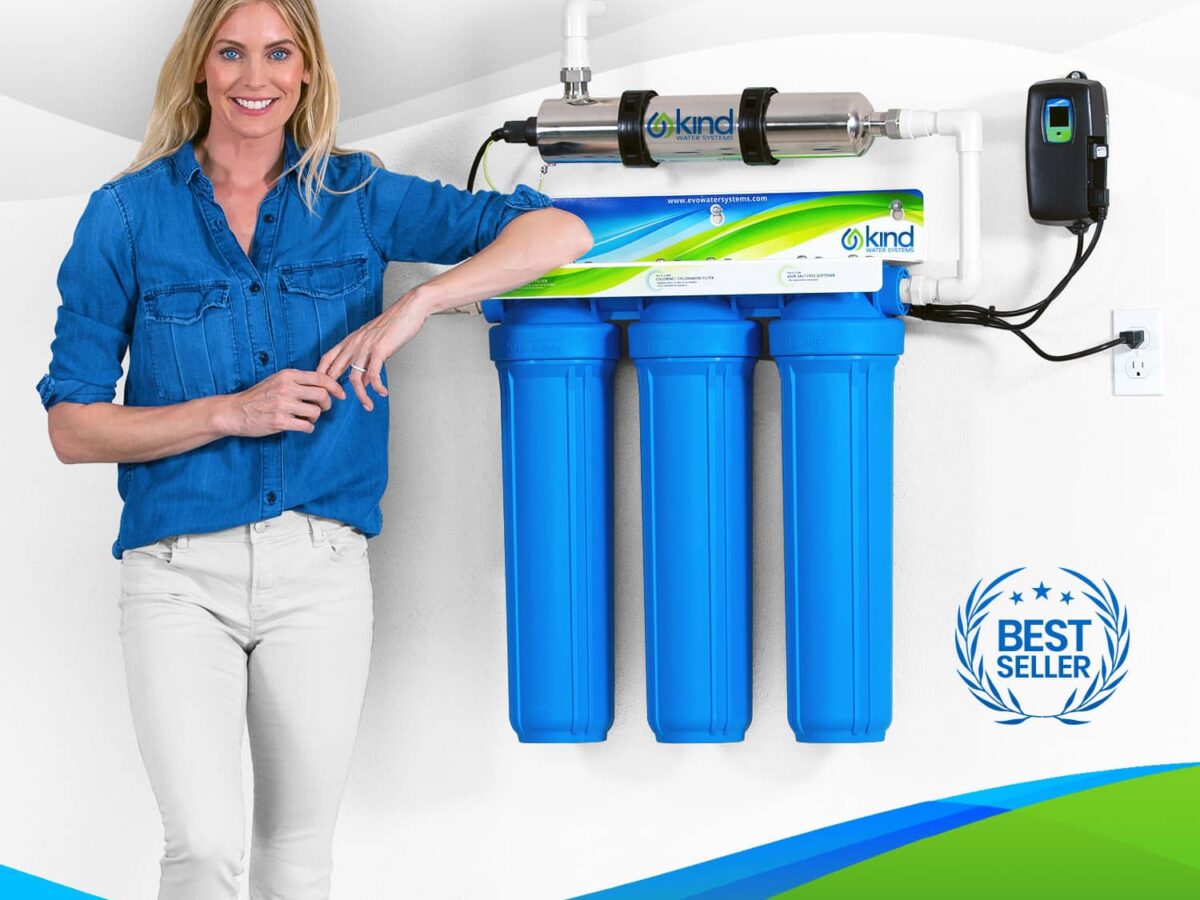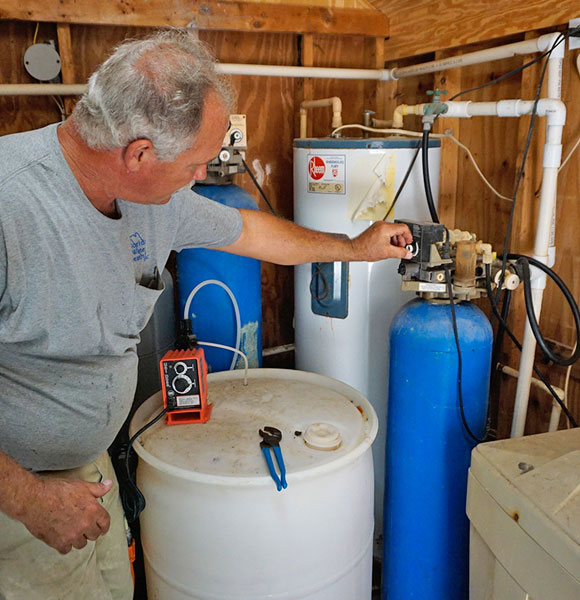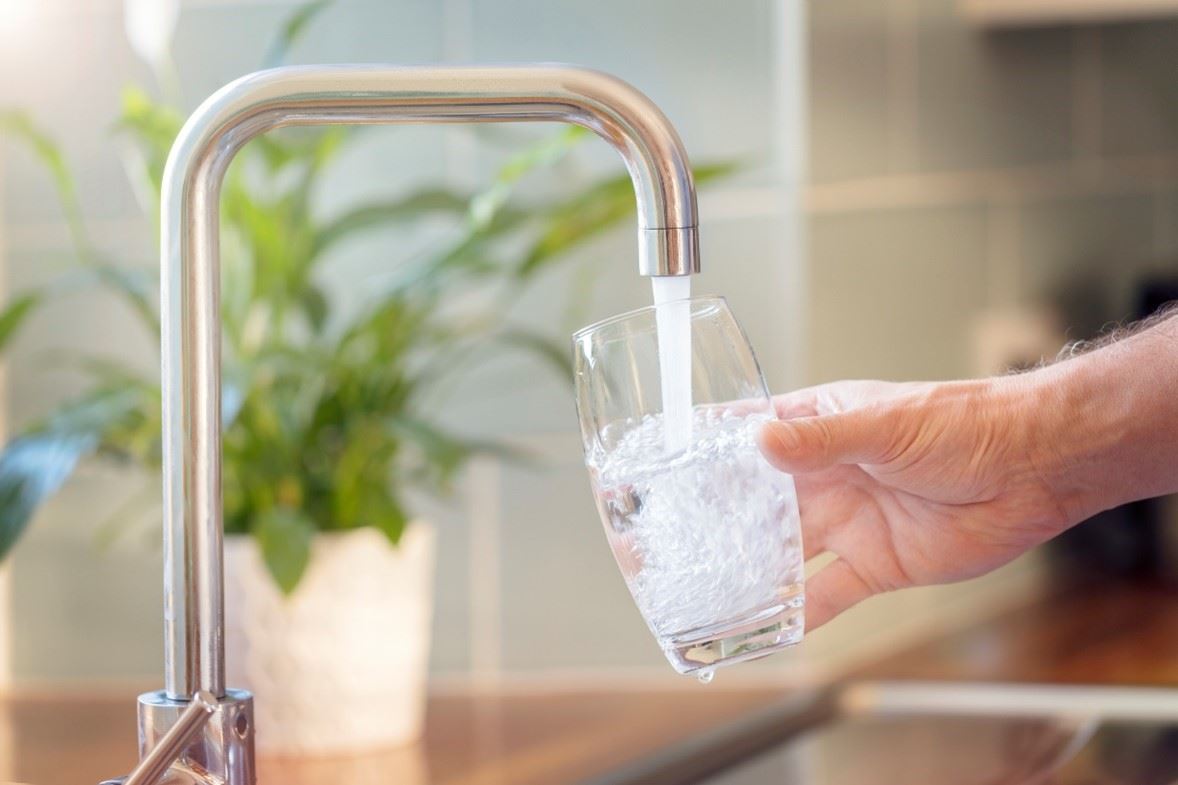Boiling Water in Chilean Cities: Altitude and Time Adjustments
Boiling is the most reliable single method for emergency water disinfection. At sea level: 1 minute boiling time. Above 1,500m (Santiago, Antofagasta, La Paz): 3 minutes boiling time. Let cool naturally and store in clean containers. Boiling kills bacteria, viruses, and parasites but cannot remove chemical contamination.
Read Full Article →